Real Tips About How To Check Vram
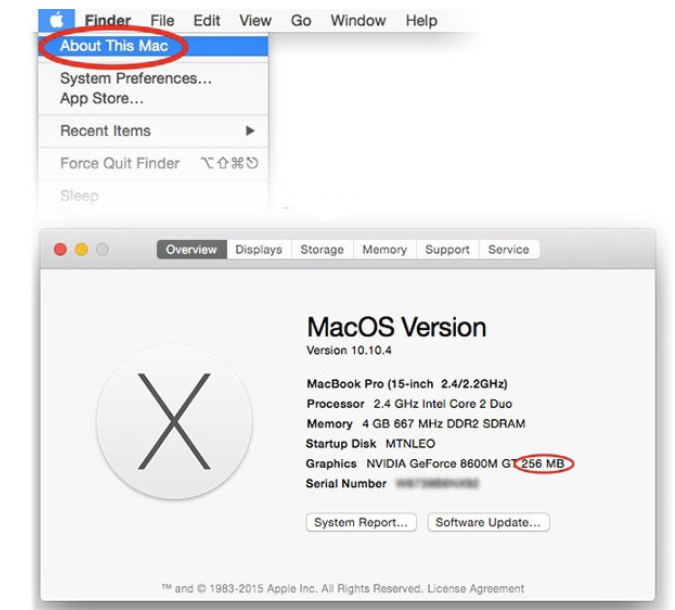
Click system in the left.
How to check vram. In the device manager window, find and click display adapters to expand the list. Press windows key + r to open the run prompt. Vram is a type of ram that stores image data for a computer display.
The gpu is almost exclusively responsible for the graphical aspect of gaming, or the image on your screen. How to check vram temp is hosted at free file sharing service 4shared. This video shows you the simplest methods to check your vram for all gpus including intel, amd.
Learn how to find your available vram (video random access memory) on your windows 11 computer using the settings app. Learn how to find your vram (video ram) on your video card using directx or settings. Scroll down and click the advanced display settings text at the bottom.
Right click on your graphics card and select properties in the context menu. By parth sawhney october 11, 2022 ∙ 5 min read what is vram? Vram is important for gaming, creative and.
Myasus 4.0.6.0 & asus system control interface 3.1.24.0 and above are supported. If your cpu is significantly more performant than your. Head over to the display tab, and you'll see your gpu's name, the amount of.
How to set vram allocation: Want to find out how much vram you have on your computer? The 7900 gre is similar in some ways to the 7800 xt, as both have four mcds (memory cache dies) and 16gb of total vram, and both are priced in the.
If you're wondering how to check vram in windows 11 this is for. Wait for it to open then click either display 1 or display 2to view your other gpu. Learn how to check vram on windows 11.
Learn what vram is, how to check your current vram in windows 10, and how to increase it. Open the windows settings app by looking for it in windows search. Within dxdiag, click the “display” tab and scroll through the.
Follow the simple steps to. On the windows search bar, type dxdiag. Using the task manager to check vram usage 2.
On the resulting menu, select the monitor you'd like to view settings for (if necessary). Type dxdiag and press enter. Under display memory, you'll be able to see how.

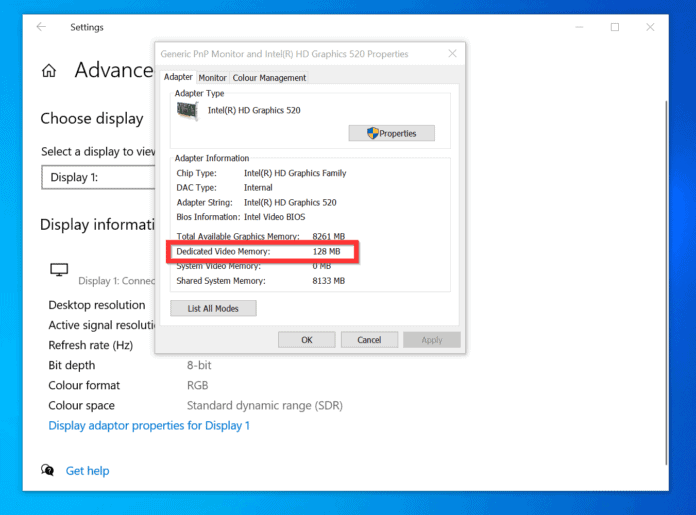

![How to check VRAM In Windows 10, Mac, Linux [3 Methods] [Latest]](https://allbestreviews.net/wp-content/uploads/2020/06/How-to-check-VRAM1.png)

:max_bytes(150000):strip_icc()/how-to-check-your-vram-52357835-efbfe793e63b4cad8a6a522f5dfab213.jpg)
:max_bytes(150000):strip_icc()/how-to-check-your-vram-52357832-2e00910c05254e97bd8643cbad7ec1a2.jpg)


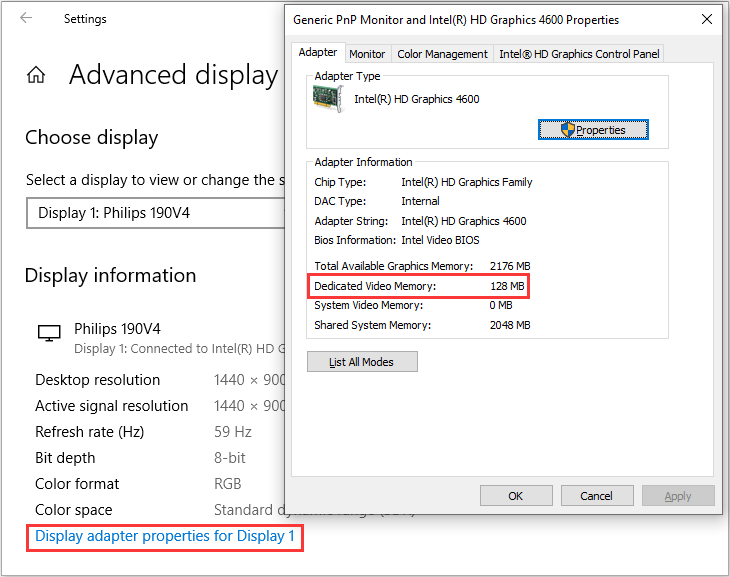
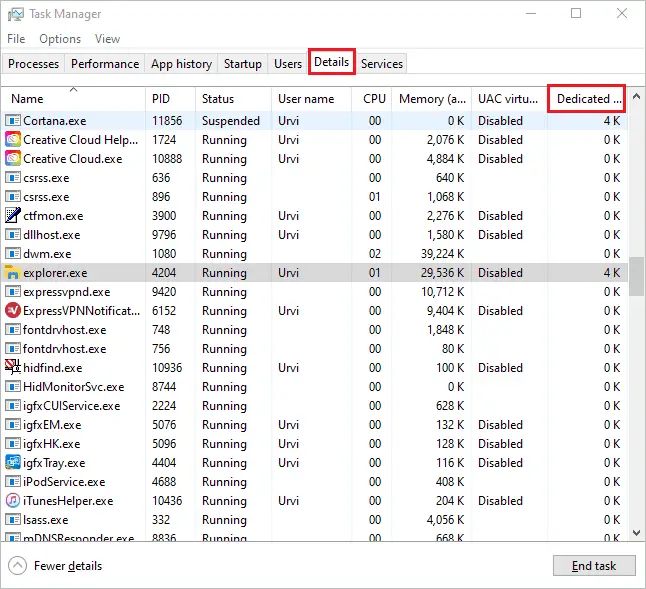




![How to check VRAM In Windows 10, Mac, Linux [3 Methods] [Latest]](https://allbestreviews.net/wp-content/uploads/2020/06/How-to-check-VRAM2.png)
:max_bytes(150000):strip_icc()/how-to-check-your-vram-52357831-00b22b9ccbad466aa05dd6cf94fe6afc.jpg)
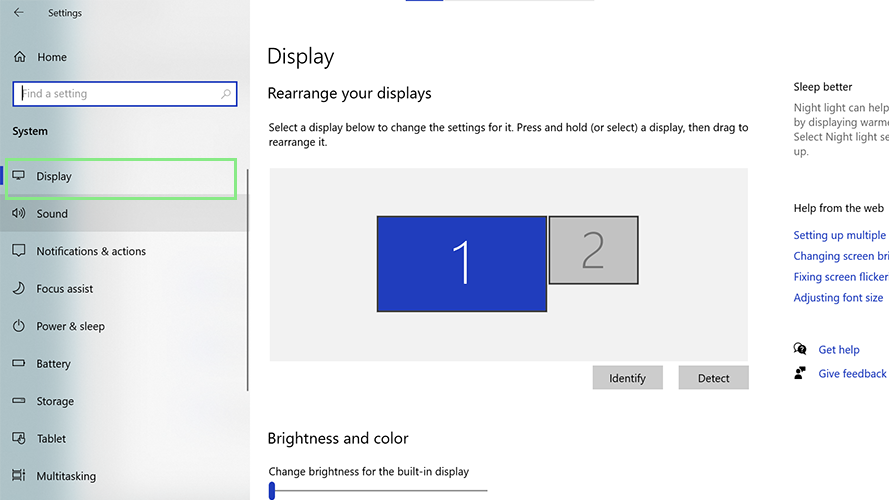
:max_bytes(150000):strip_icc()/how-to-check-your-vram-52357836-9f3b53c303e2489098daca2ea2b39421.jpg)